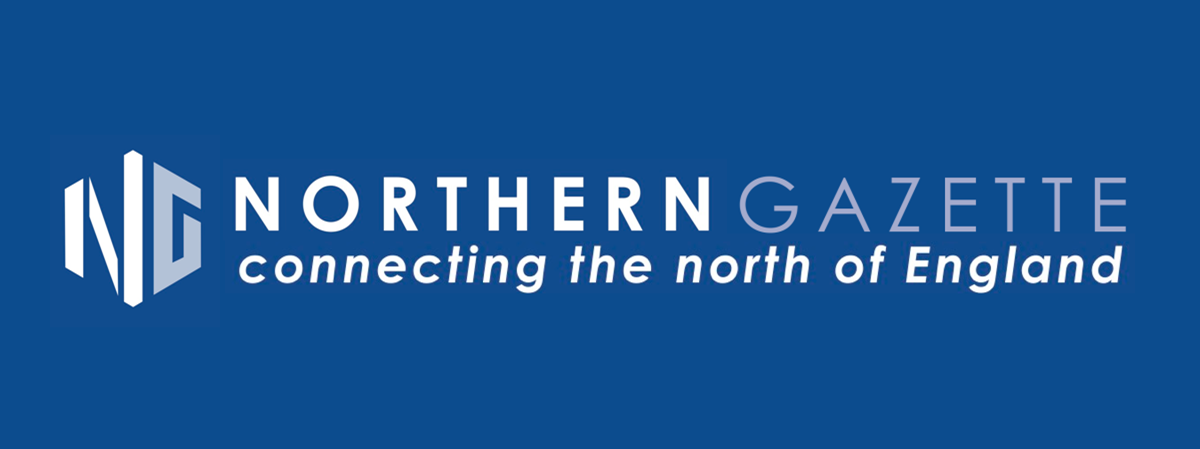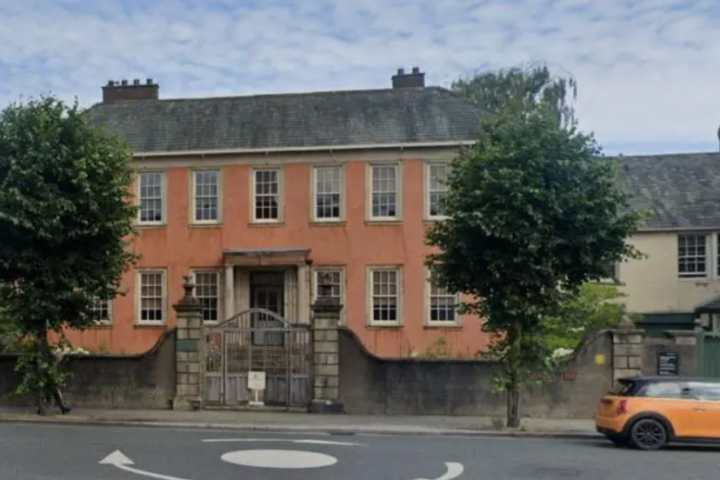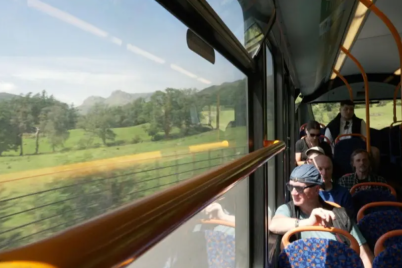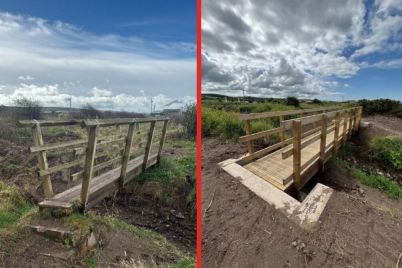The number of days visitors can explore Wordsworth House in Cockermouth, the birthplace of the celebrated Romantic poet William Wordsworth, is set to decrease next year.
The National Trust, which owns the Georgian property in Cumbria, announced that opening days will be cut from five days a week to just three or four. The reduction forms part of broader plans to ensure the site, along with other heritage properties, remains financially sustainable.
Labour MP Markus Campbell-Savours, representing Penrith and Solway, described the house as a “treasure” and said he wanted to secure its long-term future as a “thriving cultural hub” for the town. National Trust official Jez Westgarth emphasised that “Our priority is to work with the local community to ensure more people can access and enjoy heritage and history at Wordsworth House & Garden.”
The National Trust had previously warned that the house was underused, and if it continued as a “pay-for-entry experience,” it would incur significant financial losses. While staffing plans remain confidential, a spokesperson said.
“Our priority is to support the staff affected by this process.” National Trust members, however, will still enjoy free entry, and the house will close for the winter on 5 November before reopening under the revised schedule next year.
William Wordsworth, born in 1770, is remembered as one of the founders of English Romanticism and one of its most influential figures. A poet of spiritual and philosophical reflection, Wordsworth is celebrated for exploring the human relationship with nature while advocating the use of the everyday speech of common people in his verse.
His early childhood in Cockermouth, beside the Derwent River and within the terraced garden of his family home, provided a rural paradise that shaped much of his later poetry.
Wordsworth’s formative years were marked by both beauty and tragedy. He attended grammar schools in Cockermouth and Penrith and shared a deep and lifelong bond with his sister Dorothy. Their early experiences, including time spent at Hawkshead, inspired vivid imagery in his work, particularly in The Prelude. Yet his idyllic childhood was interrupted by the death of his mother in 1778, and later his father in 1783, leaving the children to navigate loss and displacement at a young age.
Despite these hardships, Wordsworth’s passion for nature and human experience flourished. His travels across Europe, including walking tours of the Alps and revolutionary France, informed his poetic and political development. Wordsworth’s youthful sympathy for ordinary people and his early democratic leanings were reflected in works such as A Letter to the Bishop of Llandaff, where he defended liberty and equality.
As he later noted, “If you had looked in the articles of the rights of man, you would have found your efforts superseded. Equality, without which liberty cannot exist, is to be met with in perfection in that state in which no distinctions are admitted but such as have evidently for their object the general good.”
Wordsworth’s poetry matured as he reconciled his early political fervour with a profound commitment to poetic expression. Collaborating with Samuel Taylor Coleridge, he produced Lyrical Ballads, including such enduring poems as “Tintern Abbey” and “Michael.” In his preface, he famously argued that poetry should be written in “the real language of men” and described it as “the spontaneous overflow of feelings: it takes its origin from emotion recollected in tranquillity.”
His works consistently celebrated the restorative power of nature and the moral importance of observing the world closely.
In adulthood, Wordsworth settled at Dove Cottage in Grasmere and later moved to Rydal Mount, where he lived from 1813 until his death in 1850.
These homes in the Lake District became the settings for much of his poetic reflection, including the composition of his finest lyrics, such as “Ode: Intimations of Immortality” and “The Solitary Reaper.” Letters from the poet reveal his enduring sensitivity to human suffering, including the heart-breaking loss of his children, Catherine and Thomas, in early childhood.
In a letter to his friend Robert Southey, he wrote with quiet dignity about Thomas’s death: “Symptoms of the measles appeared upon my Son Thomas last Thursday … without any assignable cause a sudden change took place … and the sweet Innocent yielded up his soul to God before six in the evening.”
Throughout his life, Wordsworth maintained deep connections with his local community, friends, and fellow poets. He balanced early radical ideals with a later appreciation for social order, supporting local nobility and contributing politically to his region. His writings, including A Guide through the District of the Lakes, demonstrate both his love for the Lake District and his desire to share its beauty and cultural significance with others.
The reduction in public opening days at Wordsworth House Cockermouth is therefore a notable moment for those who wish to engage with the birthplace of a poet whose life and works continue to shape English literature.
The National Trust’s plans aim to protect the house for future generations while ensuring financial sustainability. As the birthplace of one of England’s most influential literary figures, Wordsworth House remains a symbol of the enduring connection between a poet, his community, and the natural world that inspired him.













